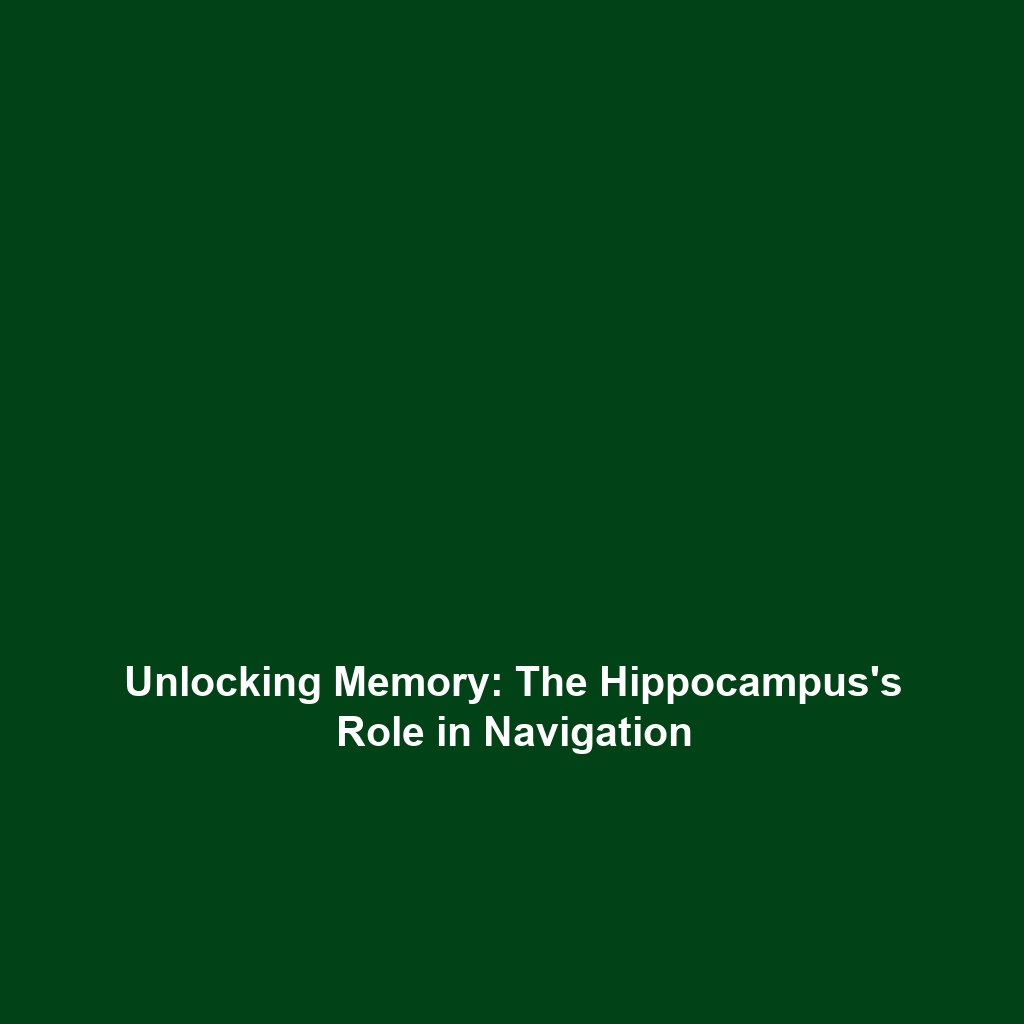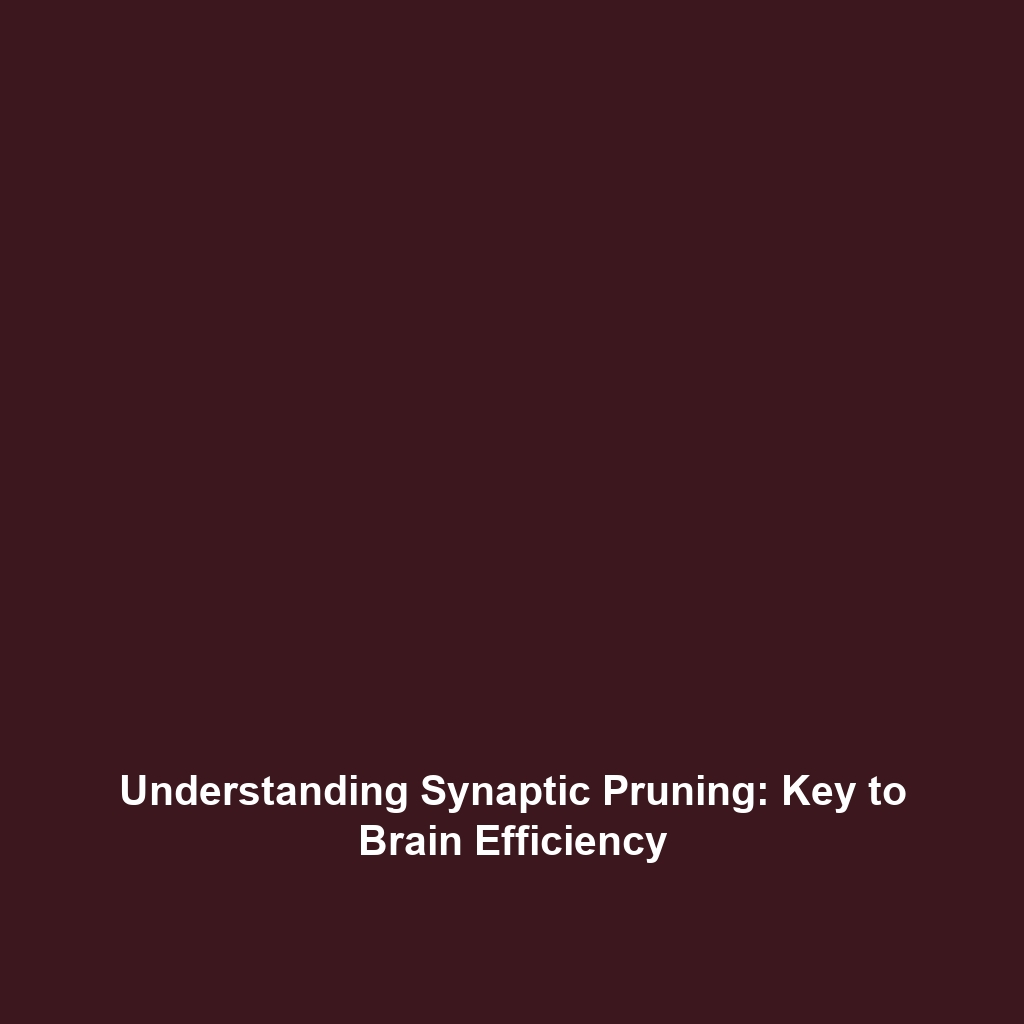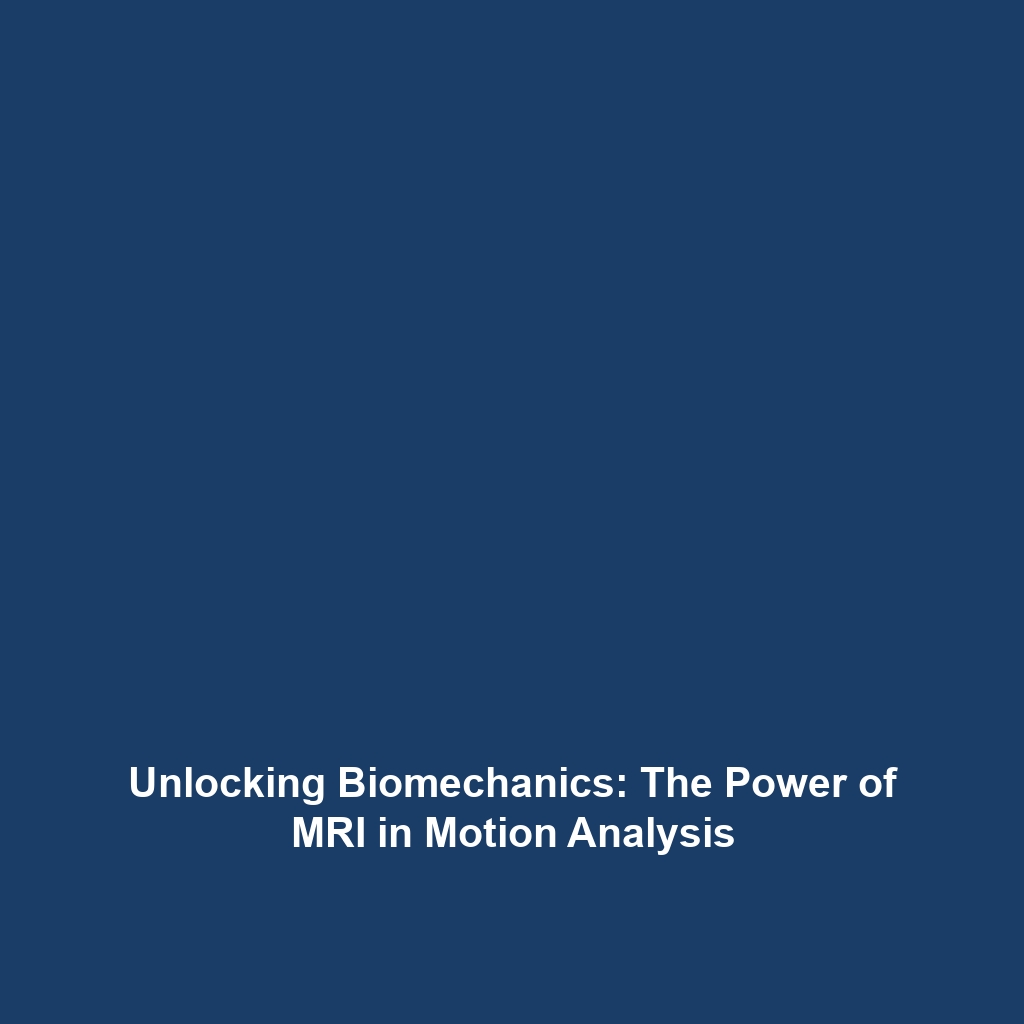Identity and Continuity in Cryonics & Life Extension
Identity and Continuity are fundamental concepts critical to understanding the philosophical and scientific debates surrounding Cryonics and Life Extension. They explore what it means to maintain personal identity over time, especially in scenarios where death is artificially postponed. This article delves into how these concepts interplay in the realm of cryonics and life extension, shedding light on their implications for humanity’s future.
Key Concepts: Understanding Identity and Continuity
The discussion of Identity and Continuity encompasses several key principles:
- Personal Identity: This relates to the factors that define an individual’s identity over time, focusing on psychological and physical continuity.
- Memory and Consciousness: These are critical aspects of identity; memory plays a significant role in how individuals perceive themselves, which is crucial in cryonics.
- Philosophical Perspectives: Various philosophical theories challenge the concepts of identity, questioning whether an individual can remain the same despite significant changes to their physical or mental state.
Simplistically, Identity and Continuity are at the heart of Cryonics and Life Extension, prompting critical discussions on how human consciousness can be preserved during periods of suspended animation.
Applications and Real-World Uses
Understanding Identity and Continuity provides frameworks to analyze the following real-world applications in Cryonics and Life Extension:
- Legal and Ethical Frameworks: Establishing legal identity during the cryopreservation process is crucial for future reanimation.
- Therapeutic Approaches: Innovations in brain preservation techniques emphasize the importance of maintaining psychological continuity.
- Public Awareness: Educating the public about the implications of identity in long-term cryopreservation can influence societal acceptance of cryonics.
These applications underscore how the concept of Identity and Continuity is utilized in shaping the future of Cryonics and enhancing Life Extension approaches.
Current Challenges
Despite its intriguing possibilities, the study and application of Identity and Continuity face several challenges:
- Scientific Limitations: Current technologies have not yet successfully preserved all aspects of memory and personality.
- Philosophical Debates: Ongoing discussions question whether a preserved brain is truly the same person once reanimated.
- Ethical Dilemmas: Issues surrounding consent and identity rights continue to pose significant ethical questions in the field.
These challenges highlight the complexities involved in integrating Identity and Continuity with the concepts of Cryonics and Life Extension.
Future Research and Innovations
The future of Identity and Continuity in relation to Cryonics and Life Extension is set to experience exciting advancements:
- Neuroscience Breakthroughs: Increasing understanding of the brain’s functions could lead to improved preservation techniques.
- AI and Identity Mapping: Innovations in artificial intelligence might assist in mapping and storing identity attributes before cryopreservation.
- Experimental Treatments: Future trials may explore new treatments for maintaining identity during long-term preservation.
These innovations could redefine our approach to Cryonics and Life Extension, potentially revolutionizing how we perceive identity over time.
Conclusion
In summary, the interplay between Identity and Continuity within the context of Cryonics and Life Extension presents compelling philosophical and scientific inquiries. As we explore these concepts, it becomes clear that advancements in this field could vastly alter our understanding of what it means to preserve life and identity. For more information on related topics, view our articles on cryonics techniques and the philosophy of identity.



